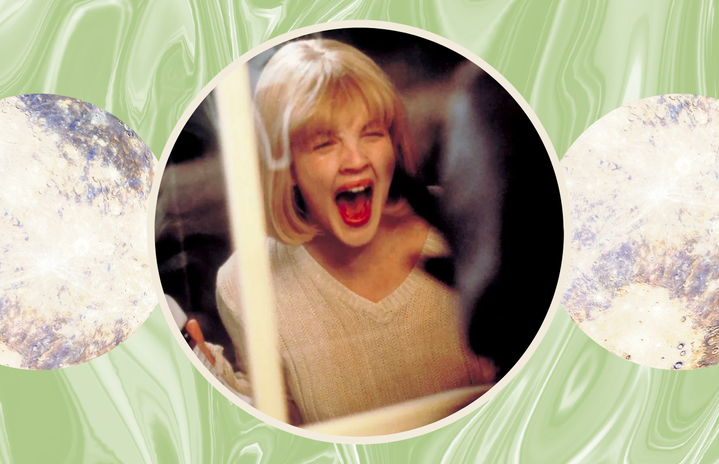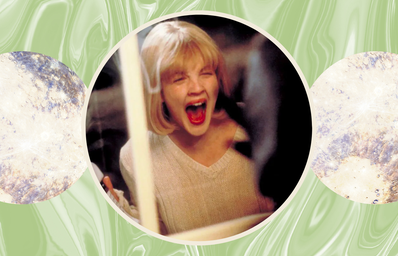The horror movie genre has long been a staple of the film industry, especially during the Halloween season when people seek out a little thrill in a safe environment. That said, many horror films have historically been infused with misogyny and racism, which can be deeply off-putting for those looking to explore the genre. As a woman of colour, it was difficult for me to enjoy this genre in the past because of so-called classics that glorified violence against women. It takes away any enjoyment from many films, because this kind of violence is all too real. To fully appreciate horror movies while avoiding these problematic elements, one must be cautious and intentional when choosing what to watch.
Misogyny in horror movies often takes the form of the ‘damsel in distress,’ where female characters are portrayed as helpless and exist primarily as victims. This reinforces harmful stereotypes about women and diminishes their agency. Furthermore, gratuitous violence against women is far too common in the genre. While some might argue that it’s simply part of the horror aesthetic, it’s crucial to question whether this is necessary or rather, perpetuates harmful norms. It’s important to note that in modern, more mainstream horror films, there is an active turn away from relying on such redundant and harmful tropes.
Racism in horror is another concern. It has manifested in various ways, such as demonizing or fetishizing people of color, using cultural stereotypes as plot devices, or relegating characters of color to expendable roles. These portrayals perpetuate harmful biases and marginalize certain groups, making the genre less inclusive. The overuse of these stereotypes has led to the running joke that in any horror movie (at least in the past), the first character to die will be the person of colour. While this is also seen less in modern horror, it’s essential that audience members continue to hold filmmakers accountable for racist portrayals. In this way, the genre will be more inclusive, not just in the way characters of colour are portrayed, but also through the inclusion of a more diverse group of writers, directors as well as an acting cast.
Even so, not all horror movies fall into these patterns. Some modern horror films have taken steps to break away from these tired tropes, offering engaging narratives that don’t rely on sexism or racism to create tension.
To help you navigate this genre of films, I’ve developed a list of tips to help you find horror movies that are thrilling but avoid harmful stereotypes.
Research before watching
Check out reviews, discussions and synopses of horror films before watching. This will give you a sense of the film’s themes and whether it perpetuates harmful stereotypes. There are many discussion pages on Reddit which offer spoiler-free reviews.
Explore modern horror
Contemporary horror filmmakers are more conscious of these issues. Movies like Get Out and A Quiet Place have been recognized for addressing societal concerns while delivering suspenseful stories. Movies like these also do not rely on gore to generate thrill, which is helpful for anybody who is squeamish.
Diversify your viewing
Seek out horror films created by a diverse group of voices. These films often offer fresh perspectives and rely less on clichés. One way to do this is by checking out local horror festivals. For anybody in Halifax, the Hellifax Horror Fest is a great place to start and runs for a week in October every year! Additionally, feminist horror films, such as Jennifer’s Body or Suspiria are a great place to start.
Consider psychological horror
Some subgenres, like psychological horror, rely less on overt violence and more on creating tension through the narrative. A couple examples include Midsommar or Us. These may be an excellent choice if you’re sensitive to gore.
Classics with a critical eye
If you’re interested in classic horror, approach films with a critical eye. While films like Psycho and The Shining are considered masterpieces, they also exhibit some problematic elements. It’s essential to be aware of these issues while appreciating their contributions to the genre. If there are horror classics that I really want to watch, I find that watching them from the perspective of a film critic or a film historian helps me build additional distance, creating an educational aspect to the viewing that takes away from the uncomfortable bits.
Consider foreign films
Horror films from other countries may offer different cultural perspectives and avoid some of the typical Western tropes. One of my favourite Bollywood horror films is Bhool Bhulaiya, a horror film with comedic undertones.
My favourite horror movies tend to be the contemporary ones. I love content that has well-established tropes that are then broken in newer installments. For example, I love the Scream and Halloween franchises because while the earlier movies have some misogynistic elements, they establish in-franchise tropes that the more recent movies either subvert, or reinforce. I also appreciate modern horror with humor, such as Happy Death-Day, The Babysitter, or Totally Killer.
It’s entirely possible to enjoy the horror genre without having to tolerate its sexist or racist stereotypes. By researching the content you consume beforehand, actively seeking out inclusive horror films and engaging with discussions surrounding the genre, you can have a thrilling movie night without compromising your values or comfort. The horror genre, like any other, is evolving, and by supporting the right voices, we can ensure it becomes more inclusive and welcoming for all audiences.
Above all, watch what you enjoy and in the capacity you’re comfortable with.


